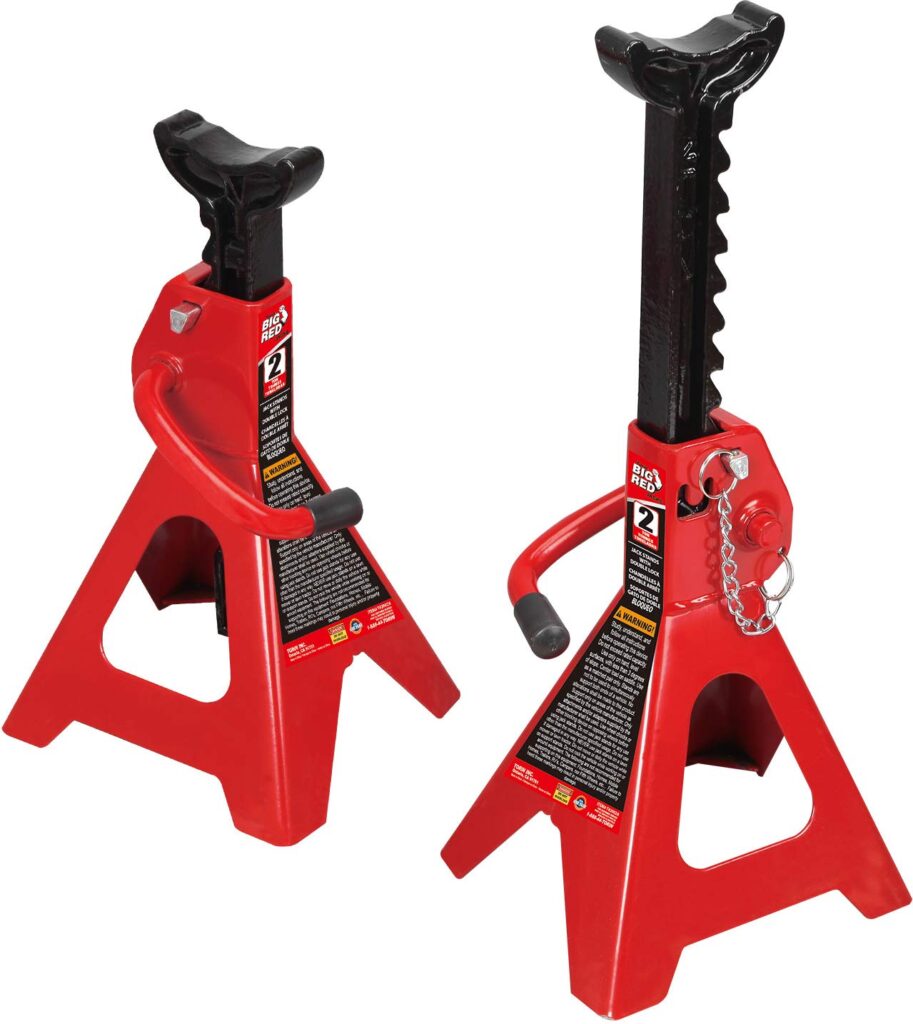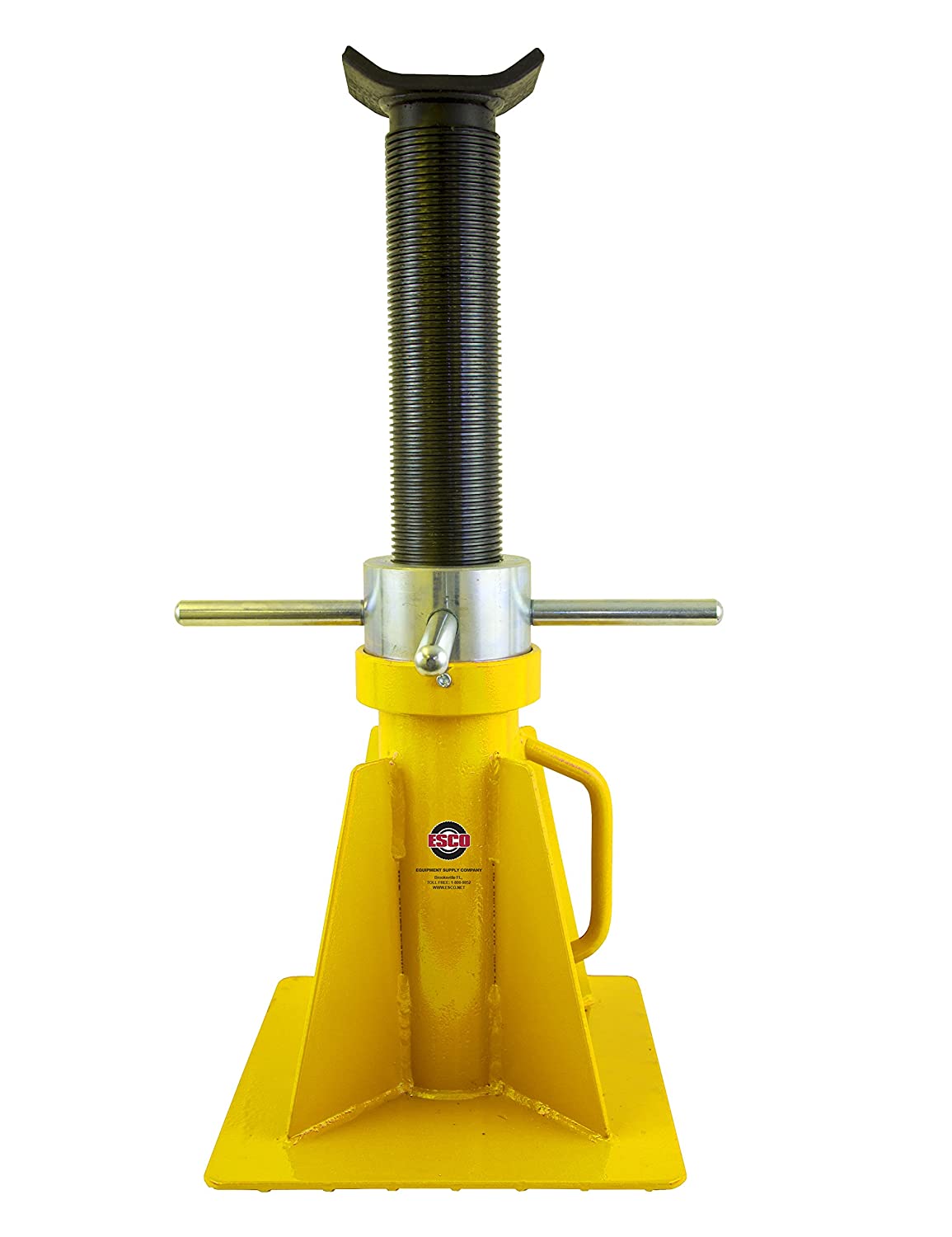
When it comes to vehicle maintenance, safety is paramount. Whether you’re changing a tire, performing an oil change, or inspecting the undercarriage of your car, using a jack stand is essential for ensuring your vehicle remains stable and secure while you’re working underneath it. While a car jack can lift your vehicle, jack stands provide the necessary support to keep it elevated safely. This step-by-step guide will walk you through how to use a jack stand properly, so you can confidently tackle your next automotive project.
Understanding Jack Stands
What Are Jack Stands?



Jack stands are mechanical devices designed to support a lifted vehicle. Unlike jacks, which are used to lift the vehicle off the ground, jack stands are used to hold the vehicle in place once it has been lifted. They come in pairs and are usually adjustable to different heights, depending on your needs.
Why Are Jack Stands Important?
A jack stand’s primary function is to provide a stable base that holds the weight of your vehicle securely. Without jack stands, relying solely on a car jack is risky; car jacks are not meant to hold a vehicle for an extended period and can fail, leading to dangerous accidents. Jack stands prevent such mishaps by ensuring the vehicle remains stationary and balanced while you work.
Choosing the Right Jack Stands
Weight Capacity
Before you begin, it’s crucial to choose jack stands that can support your vehicle’s weight. Jack stands come with a specified weight capacity, usually indicated in tons (e.g., 2-ton, 3-ton). To determine the appropriate jack stands, check your vehicle’s weight in the owner’s manual and select stands that exceed this weight. For example, if your car weighs 4,000 pounds (2 tons), opt for 3-ton jack stands for added safety.
Height Range
Jack stands are adjustable, with a minimum and maximum height. Ensure the height range is suitable for your vehicle and the task at hand. The stands should be able to extend high enough to support the vehicle once it’s lifted by the jack, while also being low enough to fit under the car when it’s in its resting position.
Construction Material
Most jack stands are made from steel, which offers durability and strength. However, aluminum jack stands are also available, which are lighter and easier to maneuver. Regardless of the material, ensure the jack stands have a solid base and are certified by a reputable safety standard organization.
Step-by-Step Guide to Using Jack Stands

1. Prepare Your Vehicle
Before you begin lifting your vehicle, ensure it’s on a flat, level surface. A garage floor or a paved driveway is ideal. Avoid working on slopes or uneven ground, as this can cause the car to become unstable when lifted.
2. Engage the Parking Brake
To prevent your vehicle from rolling while you’re lifting it, engage the parking brake. This step is crucial for ensuring that the car remains stationary during the entire process.
3. Loosen the Lug Nuts (If Changing a Tire)
If your task involves changing a tire, slightly loosen the lug nuts before lifting the vehicle. This will make it easier to remove the wheel once the car is elevated. Use a lug wrench to break the nuts free, but don’t remove them completely yet.
4. Position the Car Jack
Identify the appropriate jack points on your vehicle. These are reinforced areas designed to handle the weight of the car when lifted. Jack points are usually located behind the front wheels and in front of the rear wheels. Consult your owner’s manual for exact locations.
Once you’ve found the correct jack point, place the car jack underneath it. If you’re using a hydraulic floor jack, ensure the saddle (the part of the jack that makes contact with the vehicle) is centered on the jack point.
5. Lift the Vehicle
Slowly pump the handle of the car jack to lift the vehicle. Raise the car until it’s high enough for you to slide the jack stands under the vehicle. Ensure you have enough clearance to comfortably work on your car.
6. Position the Jack Stands
Once the vehicle is lifted to the desired height, place the jack stands under the car. The jack stands should be positioned at the recommended jack points or other structurally sound locations, such as the vehicle’s frame or subframe. Never place the jack stands under non-reinforced areas, such as the floor pan or suspension components, as this can damage the vehicle and cause instability.
7. Adjust the Height
Adjust the jack stands to the required height, ensuring they’re locked into place. Most jack stands have a locking pin or a ratchet mechanism that secures the stand at the desired height. Double-check that both jack stands are at the same height to keep the vehicle level.
8. Lower the Vehicle onto the Jack Stands
Once the jack stands are in place and locked, slowly lower the vehicle onto them. Do this by carefully releasing the pressure on the car jack, allowing the car’s weight to transfer onto the jack stands. Ensure that the car is resting securely on the stands before fully lowering the jack.
9. Check Stability
After lowering the vehicle onto the jack stands, give the car a gentle push to ensure it’s stable. There should be no movement; if the car shifts or feels unstable, recheck the placement of the jack stands and make any necessary adjustments.
10. Perform Your Maintenance
With the car securely supported by the jack stands, you can now perform your maintenance tasks. Whether you’re changing a tire, working on the brakes, or inspecting the undercarriage, ensure you have all your tools and parts within reach to minimize the need to crawl in and out from under the vehicle.
11. Remove the Jack Stands
Once you’ve completed your work, it’s time to lower the vehicle back down. First, use the car jack to lift the vehicle slightly off the jack stands. Once the car is clear of the stands, carefully remove them from under the vehicle.
12. Lower the Vehicle
Slowly lower the car jack to bring the vehicle back down to the ground. Once the car is fully lowered, remove the jack and store it, along with the jack stands, in a safe place.
13. Tighten the Lug Nuts (If Applicable)
If you were changing a tire, now is the time to fully tighten the lug nuts. Use a lug wrench or torque wrench to ensure they’re properly secured, following a star pattern to distribute the pressure evenly.
Conclusion
Using jack stands correctly is crucial for your safety and the integrity of your vehicle. While car jacks are designed to lift your car, jack stands are what keep it safely elevated while you work. By following this step-by-step guide, you can confidently use jack stands for a variety of automotive maintenance tasks. Always prioritize safety, double-check your setup, and take your time to ensure that your vehicle is securely supported throughout the process.


